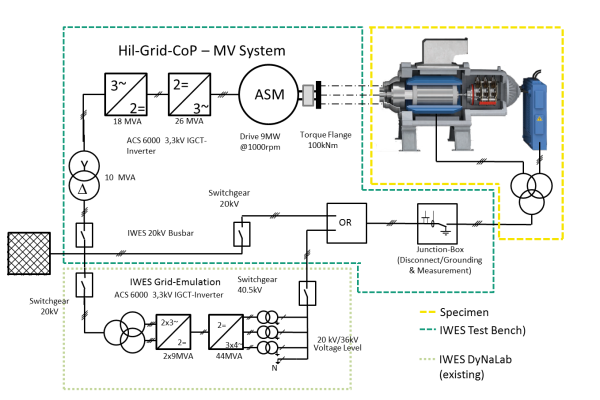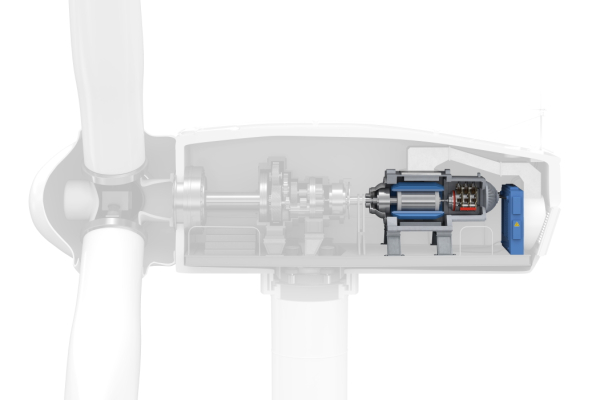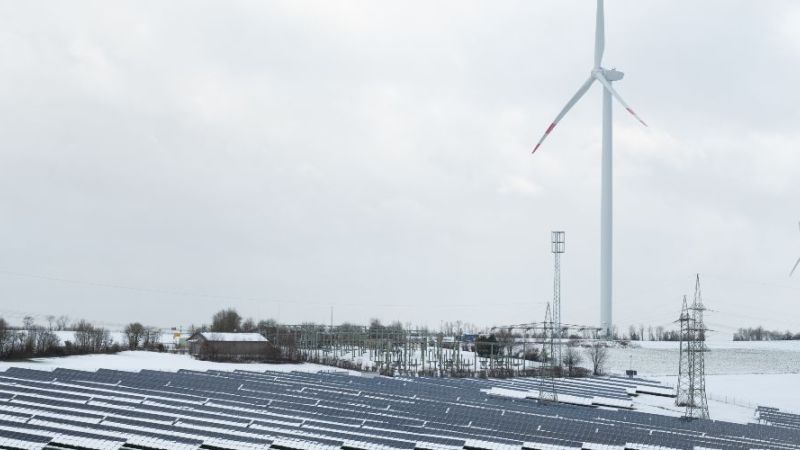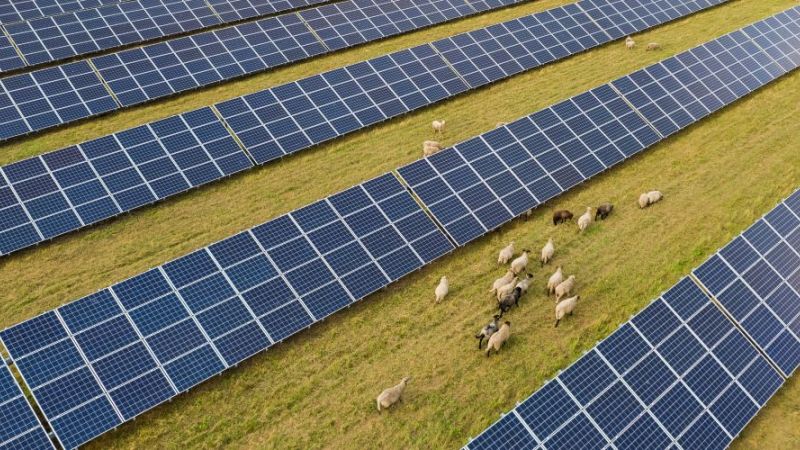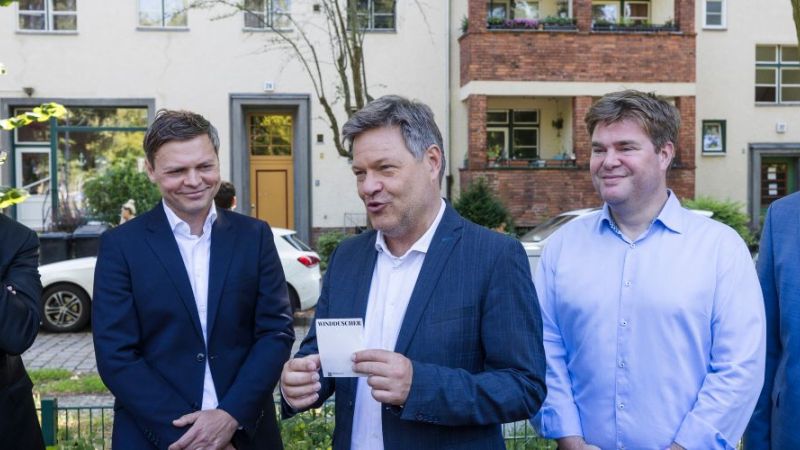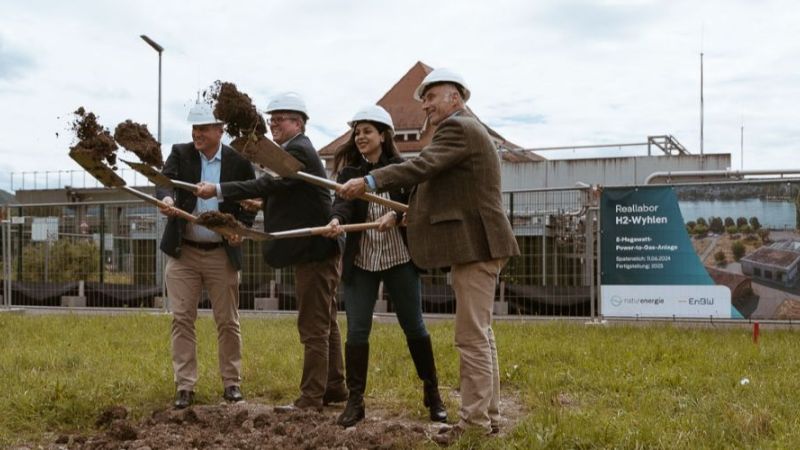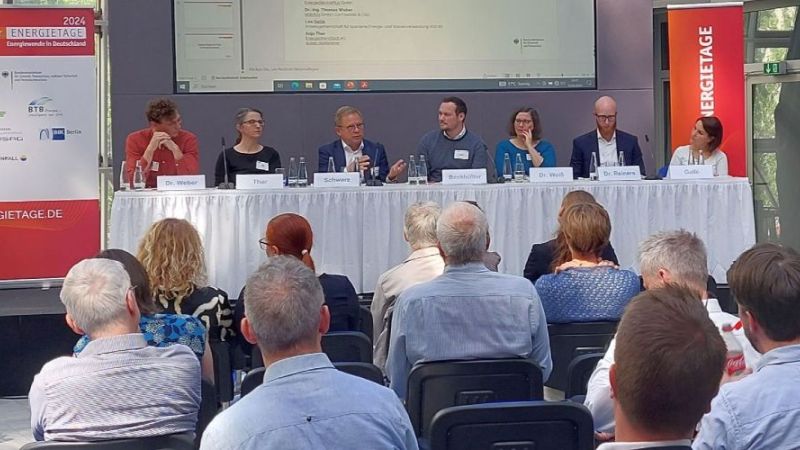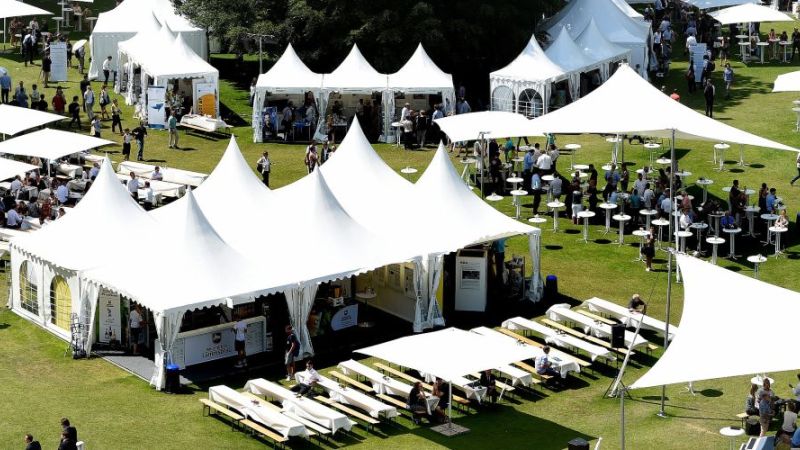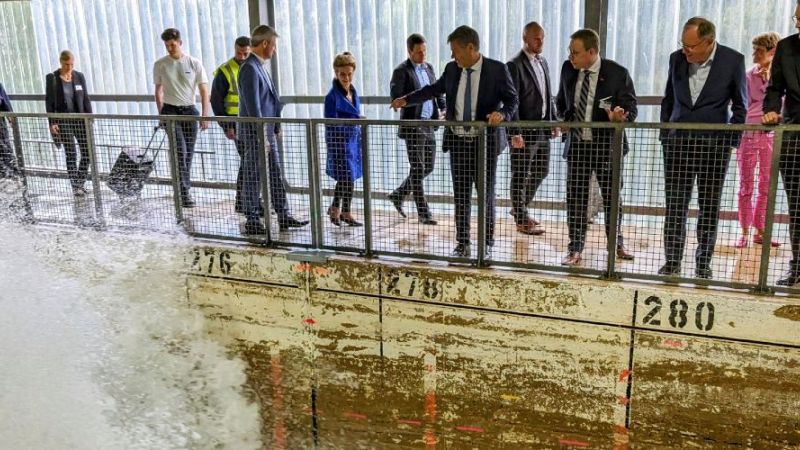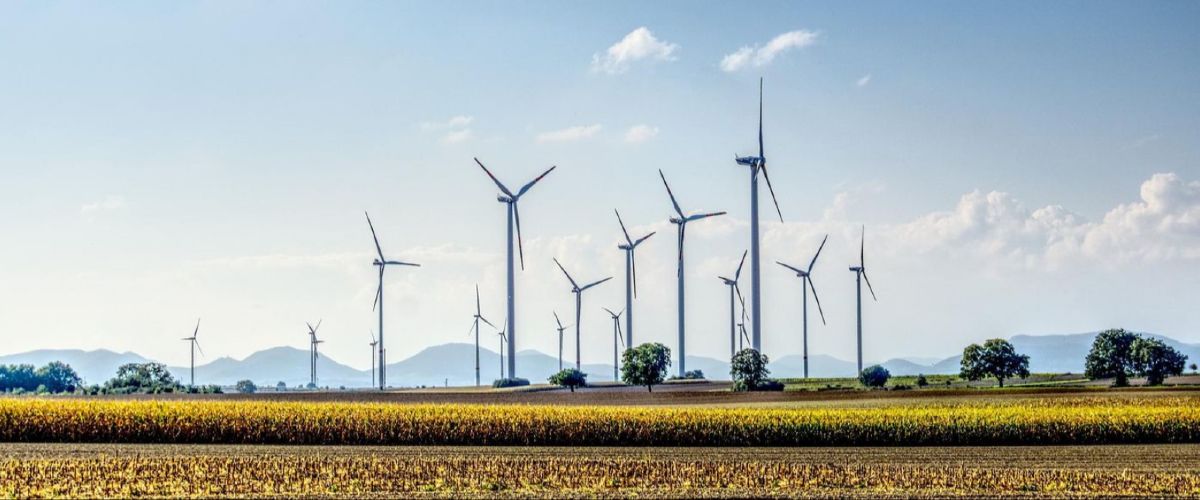 © Pixabay – Markus Distelrath
© Pixabay – Markus Distelrath
Wind energy
Test rigs improve the performance of wind turbines
Investors and network operators place high demands on the performance of wind turbines. Extensive tests are required to meet these demands. Here, test rigs provide reproducible conditions for certification tests and thus save time and money. Fraunhofer IWES has already put a number of test rigs into operation. Within the Hil-Grid-CoP project, scientists from the institute are now working with partners from the manufacturing sector to develop a test rig that will exclusively test the electrical properties of wind turbines. This makes the necessary certification processes easier, as there is no need to wait for specific wind conditions or grid conditions, as is the case with outdoor field trials.
Project context
Currently, the electrical properties of wind turbines are certified on prototypes in the field. In these field tests with temporary test facilities, a measurement campaign takes 6 to 12 months and incurs considerable costs. In addition to a good wind supply, high demands are placed on the grid connection in accordance with the size of the wind turbine. Field trials have a major disadvantage. They are practically impossible to reproduce, since it is hardly realistic to expect exactly the same wind and grid conditions to occur over several test runs. In addition, the system does not allow detailed measurements of all wind turbine characteristics.
Fraunhofer IWES and the Nordex, Senvion and Vestas turbine manufacturers are collaborating to change this situation and establish the testing of wind turbine electrical properties on test rigs in the wind industry. They construct their wind turbines according to the same concept with high-speed generators. The test rig is to be used for testing systems with high generator speeds (1,200 to 1,800 rpm) up to an output of approximately 7 megawatts with two- to three-stage gearboxes.
Research focus
Within the Hil-Grid-CoP research project (Testing the electrical network compatibility of multi-megawatt wind turbines with high-speed generators), scientists are developing a new method that exclusively investigates the electrical properties of wind turbines. They are coupling virtualised, mechanical and electrical tests in a system test to enable the grid-compliant operation of the wind turbine with the original turbine controller.
The central goal of the project is to evaluate the electrical properties on a test rig. Fraunhofer IWES’s work includes designing, constructing and operating the test rig as well as executing the tests. In addition, it is also intended to develop the missing physical components and the test procedures.
In contrast to other projects, the research project is focussing on test methods at full scale. For this purpose, the project partners are carrying out measurement campaigns in the field. The test rig has a nominal output of 9 megawatts, a reactive power and an installed power for the drive machine’s converter of 27 megavolt amperes. The tests at full scale are creating special technical challenges owing to the size of the rig. Here the researchers can draw on solutions and experience garnered with the DyNaLab (Dynamic Nacelle Testing Laboratory) test rig.
The new test method offers a fast and cost-effective way of carrying out tests to verify the electrical properties of wind turbines. The rules and conditions (grid codes) for accessing transmission networks are continuing to be tightened, which means that some properties of wind turbines will not be detectable in the field. This will give procedures for testing electrical properties on test rigs even greater relevance in the future.
Innovation
Near-realistic conditions are simulated using an active control system. For example, the impedance has a large effect on the test result. On the mechanical side, it is necessary to suppress the natural frequencies of the test rig and simulate the natural frequencies of the wind turbines in the field.
Results
The scientists manufactured the test rig, which is exclusively intended to test the electrical properties of wind turbines, as a supplement to the existing DyNaLab nacelle test rig. This enabled them to test the new control procedures for operating the test rig in the DyNaLab. The new test rig uses the nacelle test rig’s artificial network to simulate various network conditions. The tool chain required to create the virtual wind turbines is already available.
Practical transfer
The new test methods, which are based on the results of the Hil-Grid-CoP project, mean that the necessary processes for certifying the electrical properties of the wind turbines are partially automated. These tests are defined by national and international guidelines. The test methodology is still based on field tests that are to be transferred 1:1 to the test rigs in the future. The researchers at Fraunhofer IWES are striving to incorporate the new test methods into the national and international standards. The test rig can then be used commercially by European wind turbine manufacturers.

